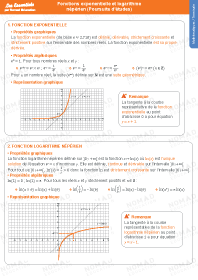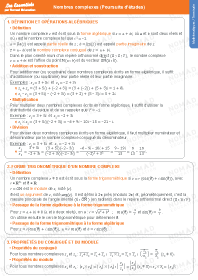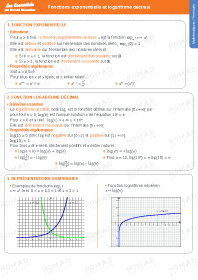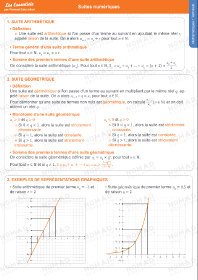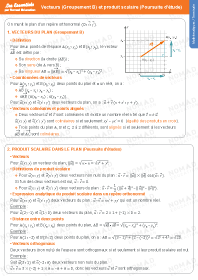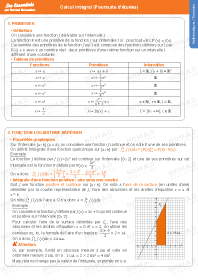On munit le plan d’un repère orthonormal (O ;→i ;→j ;→k).
Coordonnées de vecteurs
Pour A(xA ;yA ;zA) et B(xB ;yB ;zB) deux points de l’espace et α un réel, on a :
→AB(xB−xA ;yB−yA ;zB−zA)
α→AB(α(xB−xA) ;α(yB−yA) ;α(zB−zA))
Pour →u(x ;y ;z) et →v(x′ ;y′ ;z′) deux vecteurs du plan :
→u+→v(x+x′ ;y+y′ ;z+z′).
Vecteurs colinéaires et points alignés
Deux vecteurs →u et →v sont colinéaires s'il existe un nombre réel k tel que →u=k→v.
Trois points de l’espace A, B et C, deux à deux différents, sont alignés si et seulement si →AB et →AC sont colinéaires.
Norme d’un vecteur
Pour →u(x ;y ;z) un vecteur de l'espace, ‖.


